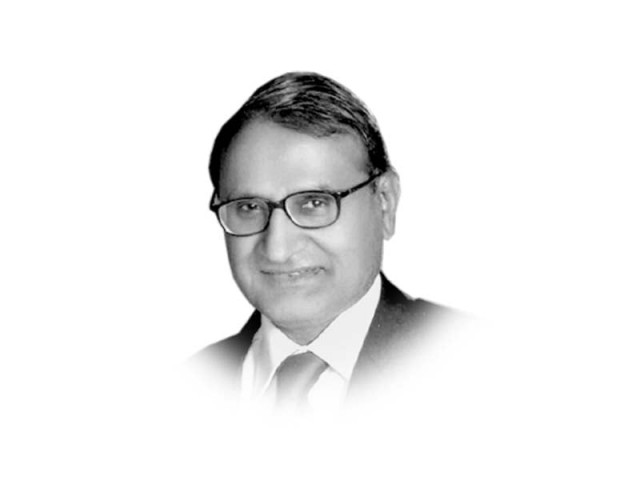Thatcher the Milk Snatcher wasn’t that wrong!
The latest nutrition survey paints a grim picture of stunting

Thatcher, the Milk Snatcher, quirked the British press in 1970. As education secretary, she restricted the free provision of milk to prevent malnutrition. She had her neoliberal reasons to cut public spending. Delivered in foil-sealed bottles exposed to various hazards, it now transpires that the denial may well have saved lives from bacterial infection. This was bottled milk. Out here, 90% of the milk is delivered in loose form. With the adverse impact of climate change, poor access to water and sanitation in rural areas, sprawling urban waste and widespread neglect of personal hygiene significantly reduce the chance of the traditional milkman’s delivery safe for consumption. Even before delivery, the neglected health of the milch animals creates its own problems. In urban areas, 42% of the garbage was collected in 2018-19, and a mere 2% in rural areas. Sanitation for 37% of the households meant open drains and for another 35%, no system. Only 50% of the households had access to handwashing facilities. The latest nutrition survey paints a grim picture of stunting.
Allegedly, and this is because we hate livestock census as much as the census of the other kind, the country is the third or fourth largest producer of milk in the world. Even a standing much lower down should reflect significantly in the state of nutritional health, poverty and economic growth. The GDP base change to 2005-06 reduced the share of agriculture from 26% to 23%. But livestock became its largest subsector with a share of 52.4%. More significantly, milk was the single largest contributor to value added within the livestock subsector. However, the production of milk available for human consumption came down from 50 million tons in 2012-13 to 48 million tons in 2018-19. Still, the growth in the subsector was a respectable 3.6%. It declined to 2.6% in 2019-20, the lowest in a period of six years. Even this slowdown did not affect its position as the biggest contributor to agricultural growth. Milk was the major driver. In the past two decades, milk-dominated livestock is the only major subsector that never showed negative growth. That it never regained its peak of 5.5% in 2000-01 only shows the unrealised potential. For the 2005-06 base of GDP, gross fixed capital formation in livestock was estimated at 66% of the total for agriculture sector, with investment in milk production playing the major role. At this rate, the approximate value of investment in milk production was around Rs800 billion in 2019-20.
Pakistan Institute of Development Economics (PIDE) staff has investigated the milk value chain to highlight systematically the difficulties arising at various nodes. These include breeding, vaccination and fodder seed, institutional coordination failure, obstacles to public private partnership, quality and safety issues and the predominance of small farmers lacking a commercial orientation. This is why only about half of the output is marketed. Entry in the world market faces strict compliance of Sanitary and Phytosanitary Standards. On the contrary, there were imports in the July-February, 2020-21 period of the order of $125 million. With a vibrant demand, supply in the domestic market can be increased substantially. In the Sensitive Price Indicator, one litre of loose milk has the highest weight of 18.4%. On April 4, price ranged between Rs91-107. Raw milk has the highest weight in the Whole Sale Price Index as well. The standard story of a milking middleman applies. The price of safer packaged milk is Rs140. Can the difference between the consumer price of the packaged and loose milk be reduced? A webinar by PIDE might throw some light.












COMMENTS
Comments are moderated and generally will be posted if they are on-topic and not abusive.
For more information, please see our Comments FAQ